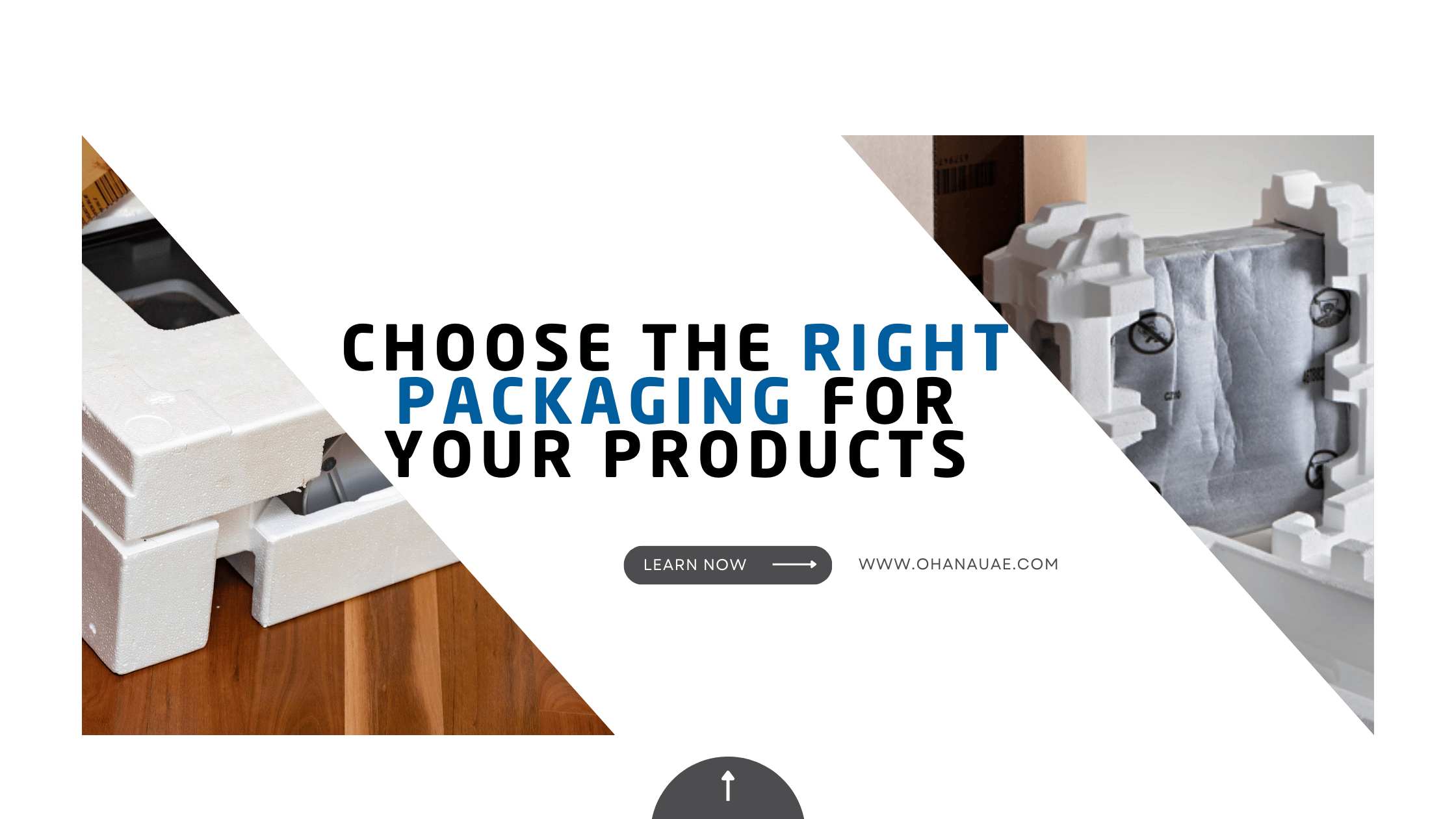Product packaging no longer serves just one purpose. Apart from the safety of the product, that was the main objective; it now ensures brand value, design, colour psychology, advertising, product information, and so much more. So it is very important to choose just the right packaging to boost the sales of your product. Yes, they are directly proportional to some extent!
Product is one of the major points of discussion not only by the product makers but also by the marketers, who are in charge to push the product in the market. Right packaging is right marketing.
Here is a quick checklist of things to keep in mind while choosing the right packaging for your products:
MATERIAL:
The material of the product decides the material of the packaging. Fragile items need a more padded and safe packaging while paper, cardboard, plastic and other alternatives can be used for other products.
The texture, the size, the thickness, and the durability of the material, everything matters. Here are some of the most widely used packaging materials:
- Cardboard/Paperboard: This is used for products that do not have a high risk of breakage. It provides a big advantage of detailed printing, and hence branding opportunities here are very high. Retail products, cosmetics, sports equipment, and other products use this kind of packaging.
- Styrofoam: Styrofoam or Blue Board is a lightweight material used for products that are prone to spoilage and breakage. With insulation being one of its primary properties, it is quite commonly used in the food industry to pack freshly made hot items, tea, coffee, etc. Apart from that, it also used in storing hardware, CDs, DVDs, etc.
- EPS: Also known as expanded polystyrene, it is commonly used in safety gears, and packaging heavy products. Its properties allow it to package construction, gardening, heavy gadgets, and other similar products.
SIZE:
Size of the packaging in relation to the product matters a lot. If your product is available in variable sizes, have a customized packaging for each one of them.It not only makes it compact and safe, but it also gives a consistent look, saves money on large scale production, and also affects the overall product weight. Yet another thing that should determine the size is the display size.
How and where is your product displayed? Does it take too much shelf space? Is it too small that it is hidden amongst the similar products of the competitors? Check everything. Every small detail matters.
MINIMALISM:
Here the minimalism refers to not only the design of the package, but also the simple design of it. To understand it better, just remember the last time you were so annoyed trying to open a package with your teeth, scissor, knife, but it just won’t open!
Based on the product, choose the design and the simplicity of the packaging.
PRODUCT INFORMATION:
People who come to buy the product first interact with its packaging and not the product itself. This first impression is crucial to converting a potential customer to a customer. So make it attractive, have all the necessary details mentioned on it, keep it in accordance with the product and see the difference.
This is simple in case of paper-based packaging, but in other forms of packaging like Polystyrene and EPS, it is better to have a secondary packaging with information as printing and writing isn’t possible on them.
DISTRIBUTION LINE:
Not every product goes directly to the consumer. Some transactions are immediate, while some take days to deliver. And the distribution line caries too. It can either be direct delivery by hand, or it may take a railway, airway, or a sea route.
This again is a factor that affects product packaging. Based on how long the product takes to deliver, how it reaches the consumer, and the conditions at the consumer’s location, the packaging layers differ. They can have more than one packaging of different materials and durability.
All in all, the packaging is the fashion factor of the product world. It decides the attractive look of the product, the safety of the product, and how the product holds against its competitors. So make sure all the boxes are ticked, and choose the right packaging for your product.

